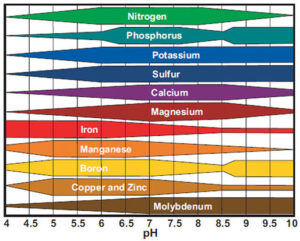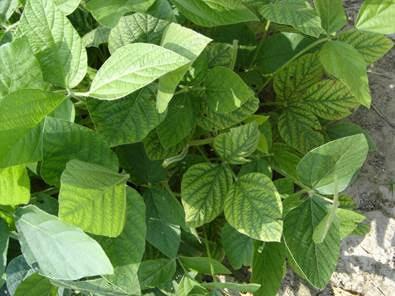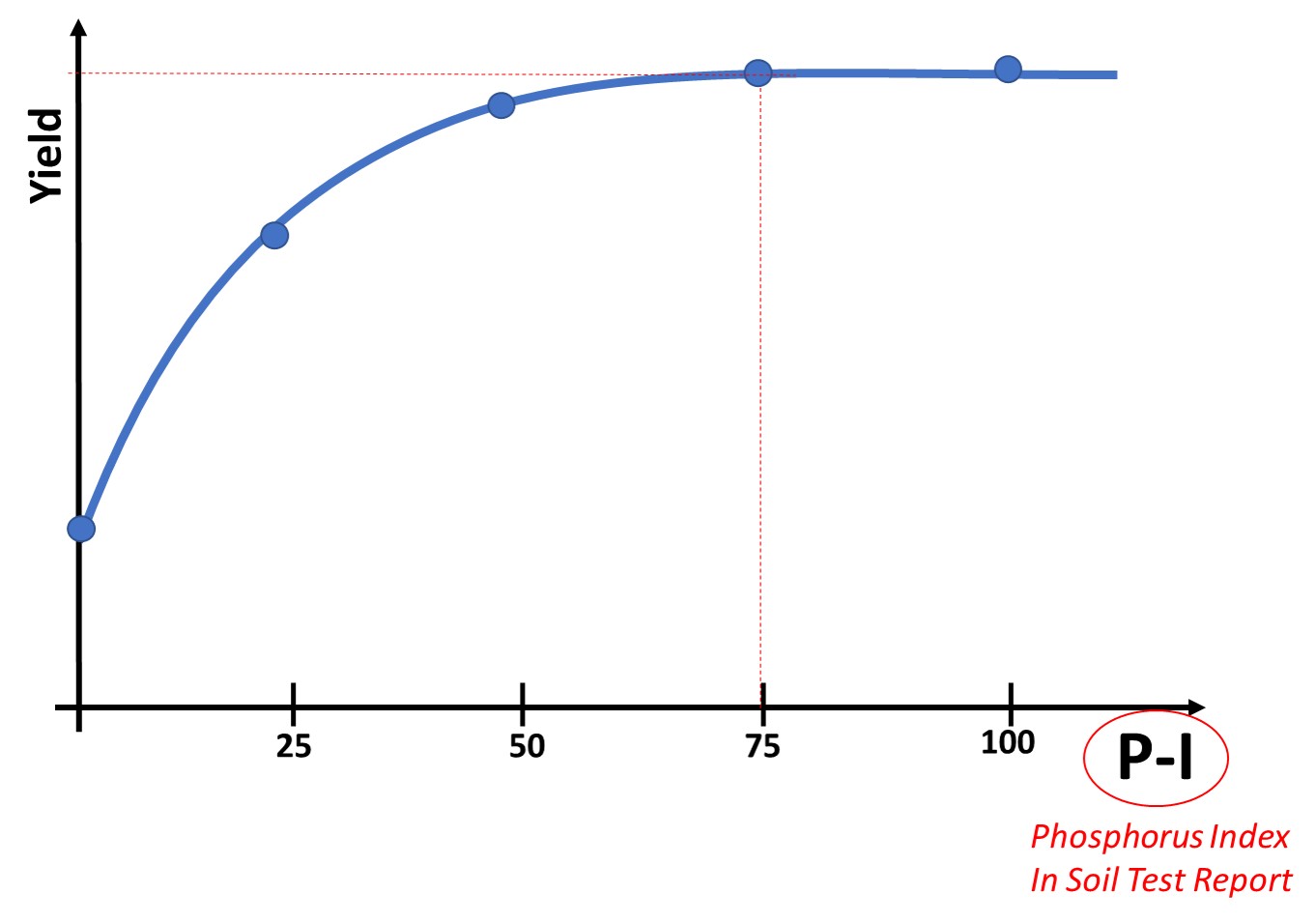Soybean Pre-Plant Fertility Tips Video
go.ncsu.edu/readext?671450
en Español / em Português
El inglés es el idioma de control de esta página. En la medida en que haya algún conflicto entre la traducción al inglés y la traducción, el inglés prevalece.
Al hacer clic en el enlace de traducción se activa un servicio de traducción gratuito para convertir la página al español. Al igual que con cualquier traducción por Internet, la conversión no es sensible al contexto y puede que no traduzca el texto en su significado original. NC State Extension no garantiza la exactitud del texto traducido. Por favor, tenga en cuenta que algunas aplicaciones y/o servicios pueden no funcionar como se espera cuando se traducen.
Português
Inglês é o idioma de controle desta página. Na medida que haja algum conflito entre o texto original em Inglês e a tradução, o Inglês prevalece.
Ao clicar no link de tradução, um serviço gratuito de tradução será ativado para converter a página para o Português. Como em qualquer tradução pela internet, a conversão não é sensivel ao contexto e pode não ocorrer a tradução para o significado orginal. O serviço de Extensão da Carolina do Norte (NC State Extension) não garante a exatidão do texto traduzido. Por favor, observe que algumas funções ou serviços podem não funcionar como esperado após a tradução.
English
English is the controlling language of this page. To the extent there is any conflict between the English text and the translation, English controls.
Clicking on the translation link activates a free translation service to convert the page to Spanish. As with any Internet translation, the conversion is not context-sensitive and may not translate the text to its original meaning. NC State Extension does not guarantee the accuracy of the translated text. Please note that some applications and/or services may not function as expected when translated.
Collapse ▲Planting soybeans soon?
Learn two pre-plant soil fertility tips for 2020 from Dr. Luke Gatiboni, NC State University’s new Extension Specialist in Soil Fertility in this new video:
It’s almost time to plant soybeans in North Carolina. We have two tips for our growers regarding soybeans and soil fertility. The first tip is regarding pH. Soybeans require a pH of 6.0, and if you have a pH below 6.0 it’s time to apply lime. Except for organic soils, where the target pH will be 5.0. We also can have some problems in North Carolina with very high pH.
In some soils, especially when we apply poultry litter for a long time, we can have pHs higher than 6.8. And in this case we probably can have problems with manganese deficiency. So be aware if you have a very high pH you can have a manganese deficiency during the soybean crop season.
The second tip that I have for you is regarding phosphorus. Most of the soils from North Carolina are very high in phosphorus.
And if you have a phosphorus index that is higher than 70, you won’t have any response to phosphorus fertilization. So, don’t throw away your money with phosphorus if you have a phosphorus index higher than 70.





